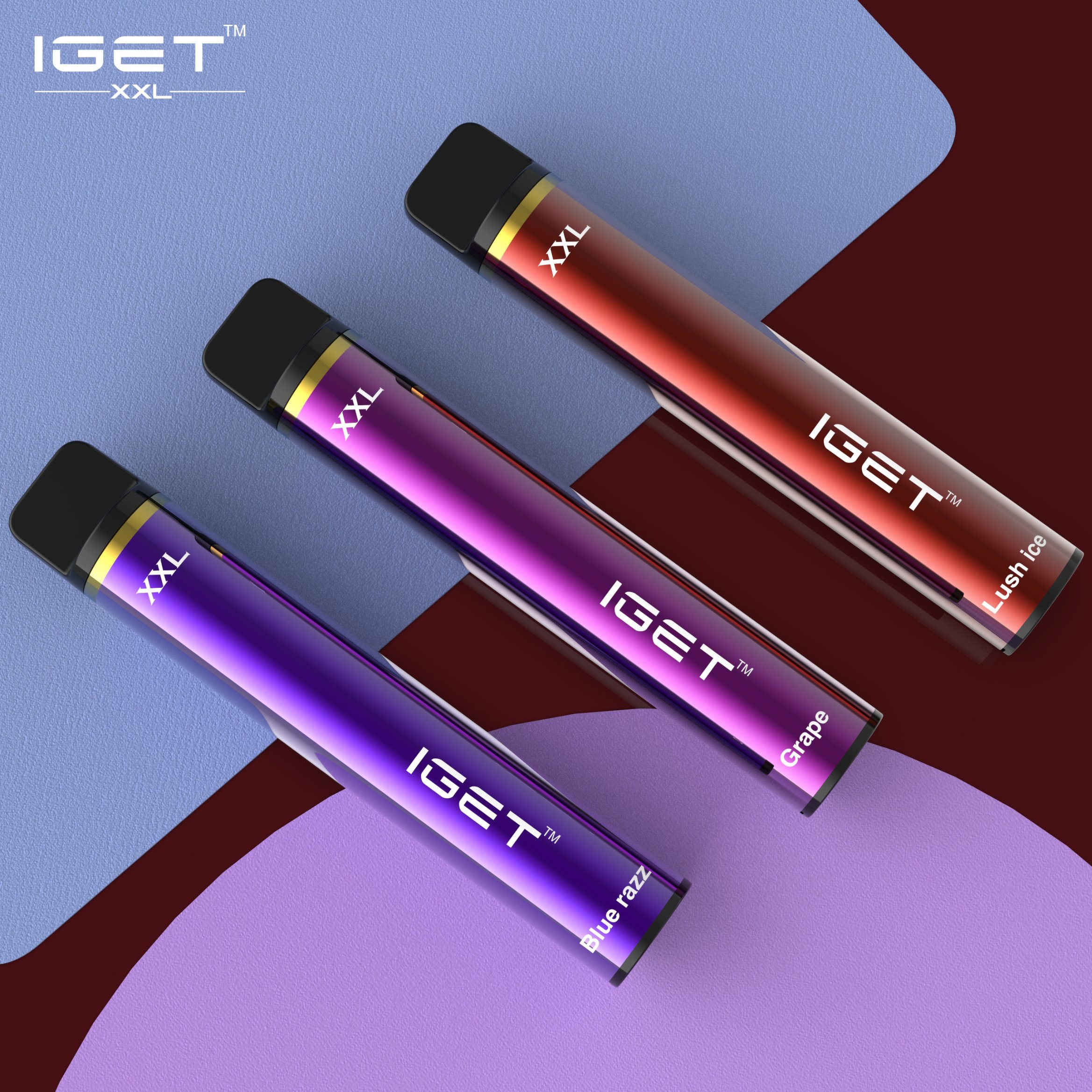Powdery mold is a common illness on many kinds of plants. There are various species of fine-grained mold fungi (e.g., Erysiphe spp., Sphaerotheca spp.), and also each variety only assaults specific plants. A variety of vegetable plants are impacted by fine-grained molds, including artichoke, beans, beetroots, carrot, Relx Vape, eggplant, lettuce, melons, parsnips, peas, peppers, pumpkins, radicchio, radishes, squash, tomatillo, tomatoes, and also turnips. Powdery mildews usually do not call for moist problems to develop and also grow, as well as usually do well under cozy problems; therefore they are a lot more widespread than lots of various other leaf-infecting conditions under The golden state’s dry summer season problems.
Powdery mildew first looks like white, fine-grained places that may base on both surface areas of leaves, on shoots, as well as occasionally on flowers and fruit. These areas gradually spread over a huge location of the leaves and also stems. An exemption is just one of the grainy molds that impact artichokes, onions, peppers, and tomatoes: it creates yellow spots on fallen leaves but little fine-grained development.
Leaves infected with grainy mildew might progressively turn completely yellow, die, as well as diminish, which may expose fruit to sunburn. On some plants, grainy mildew might trigger the fallen leaves to twist, buckle, or otherwise misshape. Powdery mildew fungal growth does not normally expand on veggie fruits, although pea pods might obtain brown areas. Drastically infected plants might have decreased returns, reduced manufacturing times, and also the fruit that has little flavor.
All fine-grained mold fungus needs living plant tissue to grow. Year-round accessibility of crop or weed hosts is important for the survival of some grainy mold fungi. Special relaxing spores are created, enabling overwinter survival of the species that causes the condition in cucurbits, lettuce, peas, and also certain other crops.
A lot of grainy mildew fungi expand as thin layers of mycelium (fungal cells) externally of the influenced plant component. Spores, which are the primary methods of dispersal, compose the bulk of the white, powdery development noticeable on the plant’s surface and also are created in chains that can be seen with a hand lens; on the other hand, spores of downy mildew grow on branched stalks that resemble small trees.
